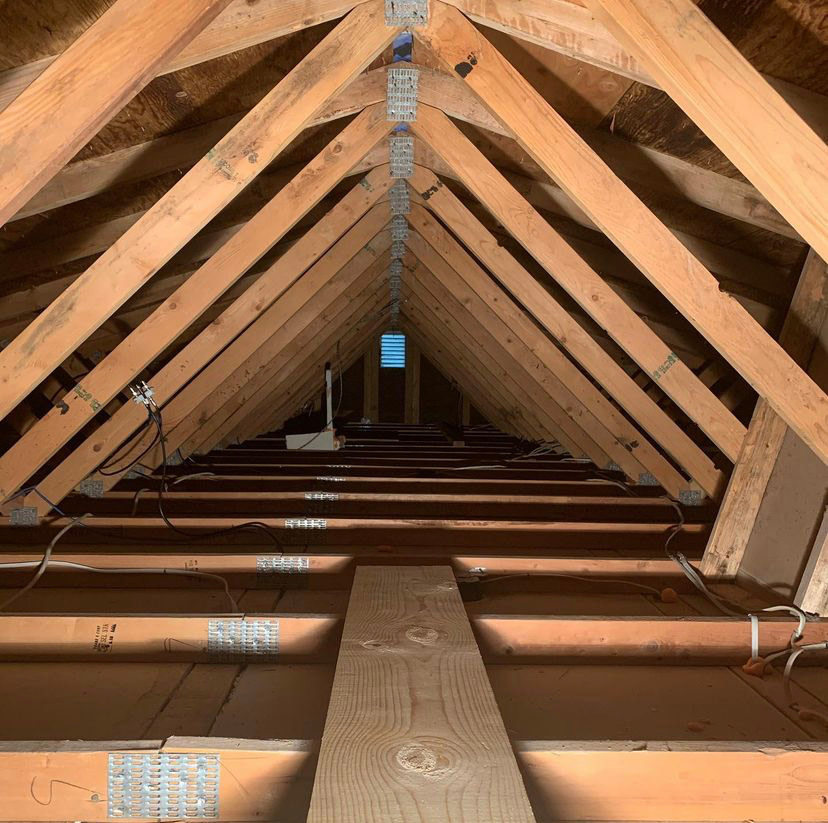
Preventing Mold Growth: Essential Strategies for a Healthy Home Environment
Mold growth is a common problem in many households, but with the right preventive measures, you can keep it at bay and maintain a healthy living environment for you and your family. In this comprehensive blog post, we’ll explore effective strategies for preventing mold growth in your home, including controlling humidity levels, ensuring proper ventilation, conducting regular maintenance and inspections, and additional preventative measures.
Controlling Humidity Levels in Your Home
One of the most critical factors in preventing mold growth is controlling indoor humidity levels. Mold thrives in damp environments, so it’s essential to keep humidity levels in check. Here are some tips for controlling humidity in your home:
- Use Dehumidifiers: Invest in a dehumidifier to remove excess moisture from the air, especially in areas prone to high humidity such as basements, bathrooms, and kitchens. Set the humidity level to around 30-50% to create an environment less conducive to mold growth.
- Fix Leaks Promptly: Repair any leaks or water damage in your home promptly. Check for and fix leaks in pipes, roofs, windows, and foundations to prevent moisture buildup and mold growth.
- Ventilation in Moist Areas: Ensure proper ventilation in areas prone to moisture, such as bathrooms, kitchens, and laundry rooms. Use exhaust fans during and after activities that generate moisture, such as cooking, showering, and doing laundry, to remove excess humidity from the air.
By controlling humidity levels in your home, you can create an environment that is less hospitable to mold growth and reduce the risk of mold-related issues.
Proper Ventilation and Air Circulation
Proper ventilation and air circulation are essential for preventing mold growth and maintaining good indoor air quality. Here are some tips for improving ventilation in your home:
- Install Ventilation Systems: Install exhaust fans in bathrooms, kitchens, and other areas prone to moisture to remove excess humidity from the air. Make sure the fans vent to the outside rather than into the attic or crawl space.
- Open Windows: When weather permits, open windows and doors to allow fresh air to circulate throughout your home. This can help reduce humidity levels and prevent condensation buildup, which can lead to mold growth.
- Use Ceiling Fans: Use ceiling fans to improve air circulation in rooms throughout your home. This can help distribute air more evenly and prevent stagnant air pockets where mold is more likely to thrive.
By ensuring proper ventilation and air circulation, you can create a healthier indoor environment and reduce the risk of mold growth.
Regular Maintenance and Inspections
Regular maintenance and inspections are crucial for identifying and addressing potential mold problems before they become serious issues. Here are some maintenance tips to help prevent mold growth:
- Inspect for Leaks: Regularly inspect your home for signs of leaks or water damage. Check plumbing fixtures, pipes, appliances, and roofing for any leaks or moisture intrusion. Address any issues promptly to prevent mold growth.
- Clean and Dry Wet Areas: Clean and dry any wet or damp areas in your home promptly. This includes spills, leaks, and flooding. Use fans, dehumidifiers, and proper ventilation to dry affected areas thoroughly.
- Clean and Maintain HVAC Systems: Regularly clean and maintain your heating, ventilation, and air conditioning (HVAC) systems to prevent mold growth. Change air filters regularly, clean ducts and vents, and schedule professional maintenance as needed.
By staying proactive with regular maintenance and inspections, you can identify and address potential mold issues early on, preventing them from becoming more significant problems.
Additional Preventative Measures
In addition to controlling humidity, ensuring proper ventilation, and conducting regular maintenance, there are several other preventative measures you can take to prevent mold growth in your home:
- Use Mold-Resistant Materials: Consider using mold-resistant building materials, such as mold-resistant drywall, paint, and insulation, in areas prone to moisture, such as bathrooms and basements.
- Keep Indoor Plants in Check: While indoor plants can improve air quality, they can also contribute to mold growth if overwatered. Be mindful of watering indoor plants and avoid overwatering to prevent mold growth in plant soil.
Conclusion
Preventing mold growth in your home requires proactive measures to control humidity levels, ensure proper ventilation, conduct regular maintenance and inspections, and implement additional preventative measures. By following the strategies outlined in this blog post, you can create a healthier indoor environment for you and your family and reduce the risk of mold-related issues. If you suspect mold growth in your home or need assistance with mold prevention, don’t hesitate to contact Roots to Roof. Our experienced team can help you identify and address mold problems and create a safe and healthy living environment
